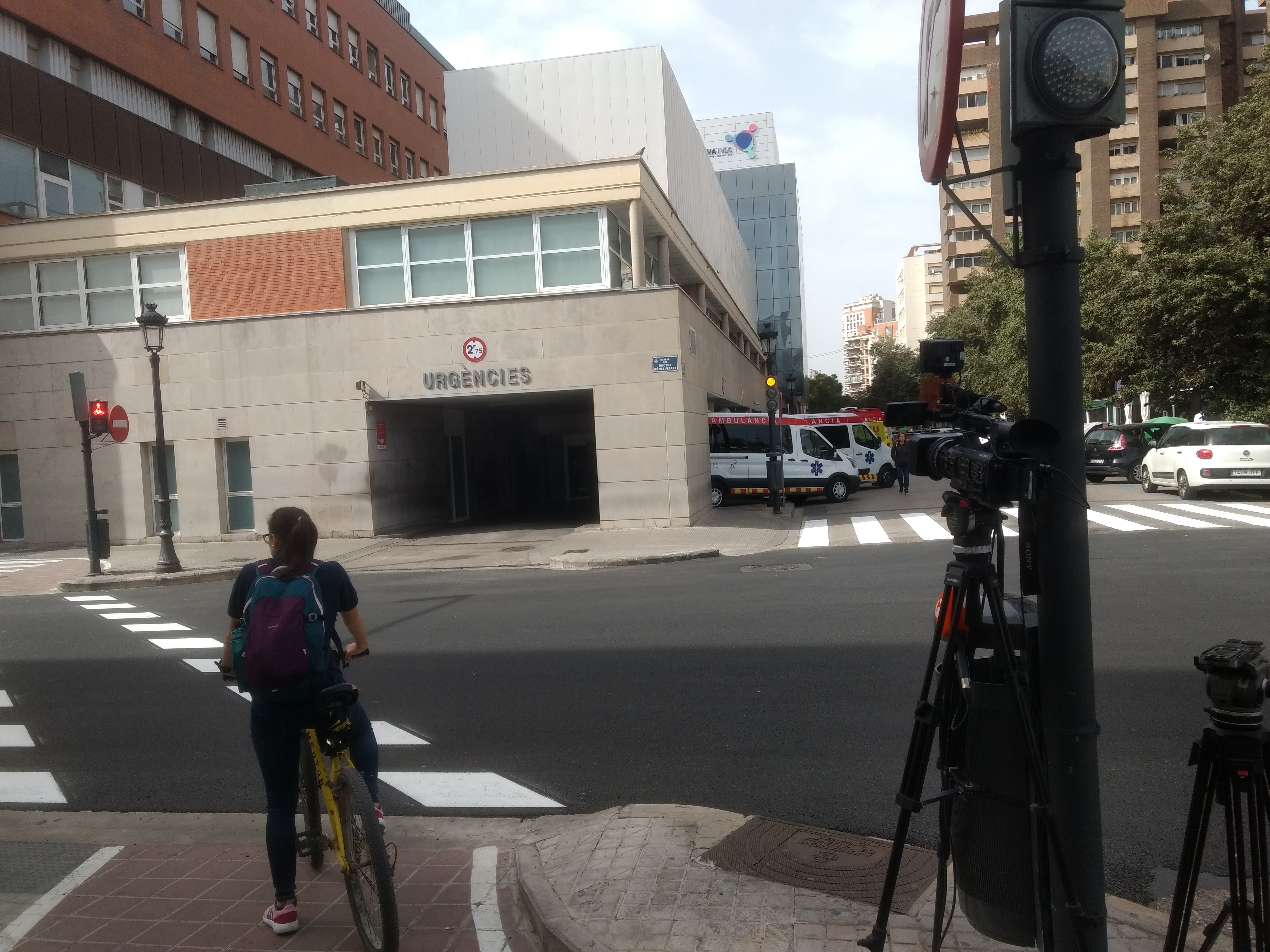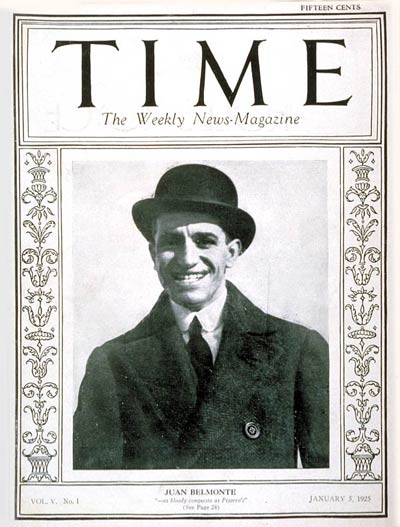|
Seville Fair
The Seville Fair (officially and in es, Feria de Abril de Sevilla, "Seville April Fair") is held in the Andalusian capital of Seville, Spain. The fair generally begins two weeks after the Semana Santa, or Easter Holy Week. The fair officially begins at midnight on Saturday, and runs seven days, ending on the following Saturday. Each day the fiesta begins with the parade of carriages and riders, at midday, carrying Seville's leading citizens which make their way to the bullring, La Real Maestranza, where the bullfighters and breeders meet. For the duration of the fair, the fairgrounds and a vast area on the far bank of the Guadalquivir River are totally covered in rows of ''casetas'' (individual decorated marquee tents which are temporarily built on the fairground). These casetas usually belong to prominent families of Seville, groups of friends, clubs, trade associations and political parties. From around nine at night until six or seven the following morning, at first in the ... [...More Info...] [...Related Items...] OR: [Wikipedia] [Google] [Baidu] |
Seville
Seville (; es, Sevilla, ) is the capital and largest city of the Spanish autonomous community of Andalusia and the province of Seville. It is situated on the lower reaches of the River Guadalquivir, in the southwest of the Iberian Peninsula. Seville has a municipal population of about 685,000 , and a metropolitan population of about 1.5 million, making it the largest city in Andalusia, the fourth-largest city in Spain and the 26th most populous municipality in the European Union. Its old town, with an area of , contains three UNESCO World Heritage Sites: the Alcázar palace complex, the Cathedral and the General Archive of the Indies. The Seville harbour, located about from the Atlantic Ocean, is the only river port in Spain. The capital of Andalusia features hot temperatures in the summer, with daily maximums routinely above in July and August. Seville was founded as the Roman city of . Known as ''Ishbiliyah'' after the Islamic conquest in 711, Seville became ... [...More Info...] [...Related Items...] OR: [Wikipedia] [Google] [Baidu] |
Rebujito
Rebujito is a cocktail invented in Andalusia that mixes sherry ( Manzanilla or Fino) and soft drinks, typically white lemonade or lemon-lime soda. Rebujito is a common drink in Andalusia, and is typical at the Seville Fair The Seville Fair (officially and in es, Feria de Abril de Sevilla, "Seville April Fair") is held in the Andalusian capital of Seville, Spain. The fair generally begins two weeks after the Semana Santa, or Easter Holy Week. The fair officially be .... It is similar to a sherry cobbler. References Cocktails with wine Sherry Australian drinks Australian alcoholic drinks {{mixed-drink-stub ... [...More Info...] [...Related Items...] OR: [Wikipedia] [Google] [Baidu] |
Fairs In Spain
A fair (archaic: faire or fayre) is a gathering of people for a variety of entertainment or commercial activities. Fairs are typically temporary with scheduled times lasting from an afternoon to several weeks. Types Variations of fairs include: * Art fairs, including art exhibitions and arts festivals * County fair (USA) or county show (UK), a public agricultural show exhibiting the equipment, animals, sports and recreation associated with agriculture and animal husbandry. * Festival, an event ordinarily coordinated with a theme e.g. music, art, season, tradition, history, ethnicity, religion, or a national holiday. * Health fair, an event designed for outreach to provide basic preventive medicine and medical screening * Historical reenactments, including Renaissance fairs and Dickens fairs * Horse fair, an event where people buy and sell horses. * Job fair, event in which employers, recruiters, and schools give information to potential employees. * Regional or state fair, an ... [...More Info...] [...Related Items...] OR: [Wikipedia] [Google] [Baidu] |
Tourist Attractions In Seville
Tourism is travel for pleasure or business; also the theory and practice of touring, the business of attracting, accommodating, and entertaining tourists, and the business of operating tours. The World Tourism Organization defines tourism more generally, in terms which go "beyond the common perception of tourism as being limited to holiday activity only", as people "travelling to and staying in places outside their usual environment for not more than one consecutive year for leisure and not less than 24 hours, business and other purposes". Tourism can be domestic (within the traveller's own country) or international, and international tourism has both incoming and outgoing implications on a country's balance of payments. Tourism numbers declined as a result of a strong economic slowdown (the late-2000s recession) between the second half of 2008 and the end of 2009, and in consequence of the outbreak of the 2009 H1N1 influenza virus, but slowly recovered until the COVID-19 pa ... [...More Info...] [...Related Items...] OR: [Wikipedia] [Google] [Baidu] |
COVID-19 Pandemic In Spain
The COVID-19 pandemic in Spain has resulted in confirmed cases of COVID-19 and deaths. The virus was first confirmed to have spread to Spain on 31 January 2020, when a German tourist tested positive for SARS-CoV-2 in La Gomera, Canary Islands. Post-hoc genetic analysis has shown that at least 15 strains of the virus had been imported, and community transmission began by mid-February. By 13 March, cases had been confirmed in all 50 provinces of the country. A partially unconstitutional lockdown was imposed on 14 March 2020. On 29 March, it was announced that, beginning the following day, all non-essential workers were ordered to remain at home for the next 14 days. By late March, the Community of Madrid has recorded the most cases and deaths in the country. Medical professionals and those who live in retirement homes have experienced especially high infection rates. On 25 March, the official death toll in Spain surpassed that of mainland China. On 2April, 950 people died of t ... [...More Info...] [...Related Items...] OR: [Wikipedia] [Google] [Baidu] |
Juan Belmonte
Juan Belmonte García (14 April 1892 – 8 April 1962) was a Spanish bullfighter. He fought in a record number of bull fights and was responsible for changing the art of bullfighting. He had minor deformities in his legs which forced him to design new techniques and styles of bullfighting. Life Born in Seville, his family moved to the Triana neighbourhood when he was three, according to the biographer A. Diaz Canabate. Belmonte began his bullfighting career in 1908, touring around Spain in a children's bullfighting group called ''Los Niños Sevillanos''. He killed his first bull on 24 July 1910. As an adult, his technique was unlike that of previous matadors; he stood erect and nearly motionless, and always stayed within inches of the bull, unlike previous matadors, who stayed far from the animal to avoid the horns. As a result of this daring technique, Belmonte was frequently gored, sustaining many serious wounds. One such incident occurred during a November 1927 bullfight in ... [...More Info...] [...Related Items...] OR: [Wikipedia] [Google] [Baidu] |
Montpensier
The French lordship of Montpensier (named after the village of Montpensier, département of Puy-de-Dôme), located in historical Auvergne, became a countship in the 14th century. It changed hands from the House of Thiern, to the House of Beaujeau, to the House of Drieux, to the House of Beaujeau again, and finally to the House of Ventadour, before it was sold in 1384 by Bernard and Robert de Ventadour to John, Duke of Berry, whose sons Charles and John were the first two to hold the title of ''Count of Montpensier''. After their deaths without issue, their younger sister Marie brought the countship to her third husband, John I, Duke of Bourbon (1381–1434). The countship was subsequently held by Louis de Bourbon, the younger son of John and Marie, and by his descendants up to Charles de Bourbon-Montpensier, the famous constable, who became duke of Bourbon by his marriage with his cousin, Suzanne de Bourbon, in 1505. In 1384–1434 and 1505–27, Montpensier followe ... [...More Info...] [...Related Items...] OR: [Wikipedia] [Google] [Baidu] |
Isabella II Of Spain
Isabella II ( es, Isabel II; 10 October 1830 – 9 April 1904), was Queen of Spain from 29 September 1833 until 30 September 1868. Shortly before her birth, the King Ferdinand VII of Spain issued a Pragmatic Sanction to ensure the succession of his firstborn daughter, due to his lack of a son. She came to the throne a month before her third birthday, but her succession was disputed by her uncle the Infante Carlos (founder of the Carlist movement), whose refusal to recognize a female sovereign led to the Carlist Wars. Under the regency of her mother, Spain transitioned from an absolute monarchy to a constitutional monarchy, adopting the Royal Statute of 1834 and Constitution of 1837. Her effective reign was a period marked by palace intrigues, back-stairs and antechamber influences, barracks conspiracies, and military '' pronunciamientos''. She was deposed in the Glorious Revolution of 1868, and formally abdicated in 1870. Her son, Alfonso XII, became king in 1874. Bi ... [...More Info...] [...Related Items...] OR: [Wikipedia] [Google] [Baidu] |

.jpg)


